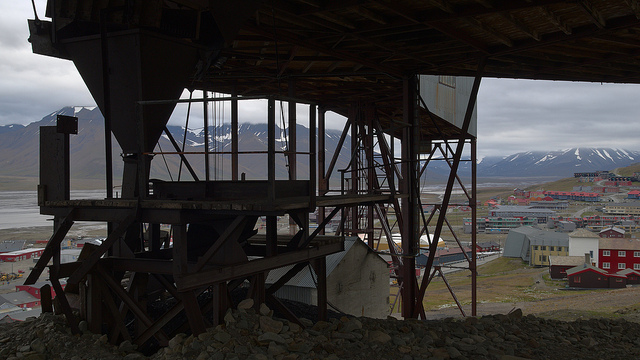Evidence of the impacts of metal mining and the effectiveness of mining mitigation measures on social–ecological systems in Arctic and boreal regions: a systematic map protocol
Evidence of the impacts of metal mining and the effectiveness of mining mitigation measures on social–ecological systems in Arctic and boreal regions: a systematic map protocol
This paper is part of a project, 3MK, which aims to develop a multiple evidence base methodology combining systematic review approaches with documentation of Indigenous and local knowledge and to apply this approach in a study of the impacts of metal mining and impacts of mitigation measures. This systematic map aims to answer the question:
What research evidence exists on the impacts of metal mining and its mitigation measures on social and environmental systems in Arctic and boreal regions?
Neal R. Haddaway, Steven J. Cooke, Pamela Lesser, Biljana Macura, Annika E. Nilsson, Jessica J. Taylor, Kaisa Raito. Evidence of the impacts of metal mining and the effectiveness of mining mitigation measures on social–ecological systems in Arctic and boreal regions: a systematic map protocol.
ABSTRACT
Background
Mining activities, including prospecting, exploration, construction, operation, maintenance, expansion, abandonment, decommissioning and repurposing of a mine can impact social and environmental systems in a range of positive and negative, and direct and indirect ways. Mining can yield a range of benefits to societies, but it may also cause conflict, not least in relation to above-ground and sub-surface land use. Similarly, mining can alter environments, but remediation and mitigation can restore systems. Boreal and Arctic regions are sensitive to impacts from development, both on social and environmental systems. Native ecosystems and aboriginal human communities are typically affected by multiple stressors, including climate change and pollution, for example.
Methods
We will search a suite of bibliographic databases, online search engines and organisational websites for relevant research literature using a tested search strategy. We will also make a call for evidence to stakeholders that have been identified in the wider 3MK project (https://osf.io/cvh3u/). We will screen identified and retrieved articles at two distinct stages (title and abstract, and full text) according to a predetermined set of inclusion criteria, with consistency checks at each level to ensure criteria can be made operational. We will then extract detailed information relating to causal linkages between actions or impacts and measured outcomes, along with descriptive information about the articles and studies and enter data into an interactive systematic map database. We will visualise this database on an Evidence Atlas (an interactive, cartographic map) and identify knowledge gaps and clusters using Heat Maps (cross-tabulations of important variables, such as mineral type and studied impacts). We will identify good research practices that may support researchers in selecting the best study designs where these are clear in the evidence base
This manuscript is part of a project (3MK: Mapping the impacts of Mining using Multiple Knowledges) funded by a Formas Open Call Grant (2017-00683).
Photo: Mining town Longyearbyen. Photo credit: Rob Oo/Flickr.





